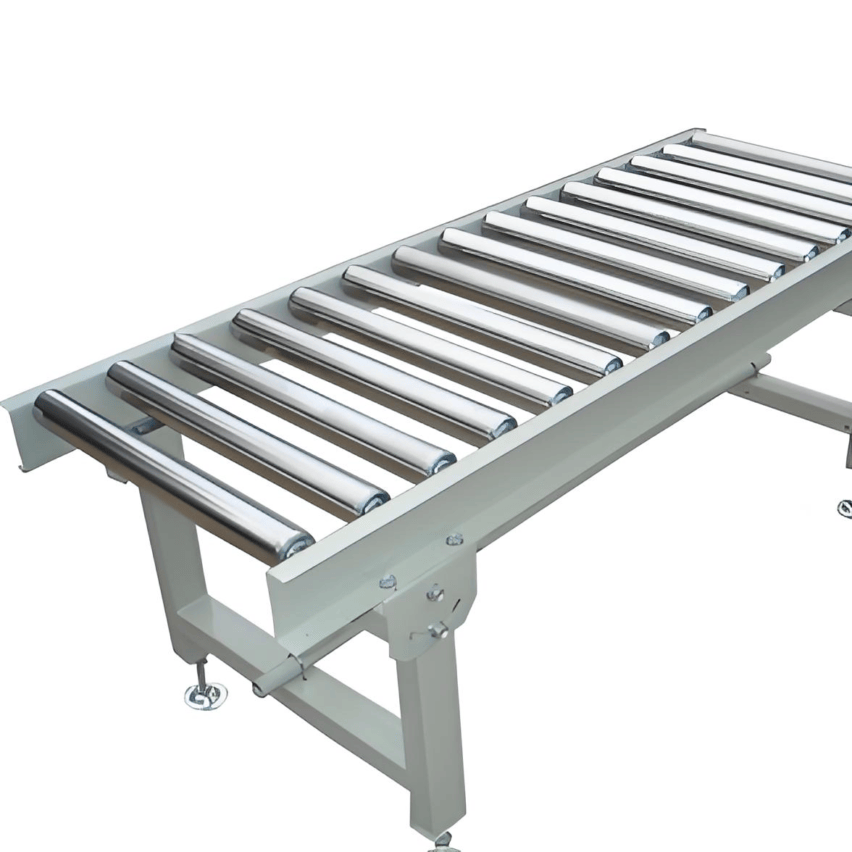Why your factory corner always jammed goods? Lift/rotate dual mode in the end to choose which can save 40% cost?Don't be fooled by the supplier - today with real production line data to dismantle the operation of the two modes of the doorway, novice readers understand how to choose!
First, lift mode: rely on "lift up" to solve the space problem
core principle: A cylinder or hydraulic cylinder is used to jack the load vertically and rotate it horizontally after avoiding obstacles below. Just likeBallet with a tray., done in three steps:
- raise one's head: Cylinders jacked up 20-30cm (refer to page 7 for 360-1300mm lifting range)
- second turn: motor-driven platform rotation of 90°
- the three degrees of reduction (e.g. in prices): Buffer landing docking downstream production lines
Efficiency Advantage::
✅quick: 6 seconds of steering (3 times faster than by hand) measured in a car factory
✅space-saving: Turning area reduced from 3.2m² to 2m x 2m (web page 8 case)
Achilles' heel::
❌ Too heavy and it rolls over: speed plummets when cylinder jacking exceeds 500kg (hydraulic cylinders can carry 1 tonne but use twice as much energy).
A furniture factory stepped on the pit: using cylinders to transport solid wood table boards (280kg), lifting once to 15 seconds, the production line blocked into a car park
II. Spinning mode: precision players playing "gyro in place"
core principle: The platform rotates directly in place with the cargo. The key is in theGolden combination of motor + sensor::
- Servo motor control speed (error <0.5°)
- Real-time angle correction by horizontal sensors (web page 2 closed-loop control technology)
Efficiency Advantage::
✅Precision milling: Mobile phone screen factory glass substrate steering to 0 breakage (PID control algorithm for web page 4)
✅Strong weight-carrying capacityDouble-row roller + worm gear self-locking load capacity of 2 tonnes without deflection (webpage 3 patented structure)
Achilles' heel::
❌ Inertia is a killer: parcels fly out of a courier sorter when it spins to a sharp stop (no cushion damper fitted)
❌ Large footprint: radius of rotation = cargo length x 1.5 (1.5m box requires 2.25m of operating space)
III. Life-and-death efficiency showdown: 3 sets of data to determine the winner
| comparison term | Lift Mode | rotary mode | winning side |
|---|---|---|---|
| tempo | 6-8 seconds/time (<200kg) | 3-5 seconds/repeat (any weight) | Rotary ✅ |
| failure rate | Cylinders down 2 times per month | Motor failure ≤1 times per year | Rotary ✅ |
| energy costs | 0.8 per session (pneumatic) | $0.3/trip (electric) | Rotary ✅ |
| space occupation | Only the projected area of the equipment is required | Required Safe Turning Radius | Lifting ✅ |
| conversion cost | 120,000/unit (including installation) | 180,000/unit (foundation reinforcement required) | Lifting ✅ |
Turning Point Cases: Food factory assembly line with lifting tables in the front section (to turn boxes) and rotary tables in the back section (to turn glass bottles for sauces) - hybrid solution saves 370,000 compared to purely rotary model
Fourth, the small white selection recipe: 3 see 2 do not choose
Look at the properties of the goods::
▶️ Irregular/fragile items (e.g. glass bottles)→Mandatory rotary mode + frequency control(anti-dumping)
▶️ standard pallets/heavy loads →Lifting mode + hydraulic drive(save money and carry the building)
Look at the workshop layout::
▶️ Aisle width <2.5 metres →Close your eyes and choose the lift(Advantages of the compact structure of web page 8)
▶️ Explosion-Proof Workshop →Rotary mode motor external(Save $150,000 on blast modifications)
Look at the cost bottom line::
▶️ Budget <200,000 → Lift mode (carbon steel for 5 years)
▶️ Pursuing Zero Breakage → Rotary Mode (Servo Motor + Optical Tracking)
No scenes to choose from.::
➤ Don't touch carbon steel lifting platforms in workshops with humidity >70% (3 years rust through base plate)
➤ Don't use hydraulics for minute high-frequency steering (oil temperature spike blows seals)
Exclusive data revealed: the efficiency king of 2025 is it!
A recent study of 37 factories found that.85% lift table stuck in the "heavy load slow speed" trap--For example, a building materials factory uses hydraulic pressure to turn 800kg stone slabs, lifting and lowering once consumes 1.2 degrees of electricity (equivalent to 20 light bulbs lit for one hour). AndRotary table rises on magnetic levitation technology: New contactless rotary platforms with energy consumption down to 60% (webpage 5 electrification trend) will be the first choice for 10,000 tonne plants next year.
*Lastly, I'd like to take a look at the blackboard: light cargo, high-frequency lift, heavy cargo, precision must rotate! The head and tail of the assembly line with different modes, mix and match is the real winner.*













